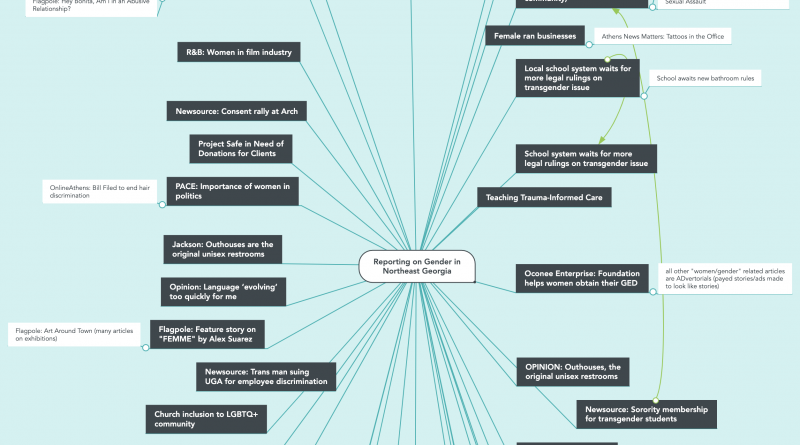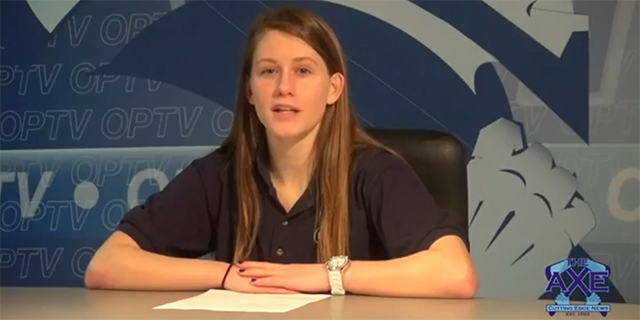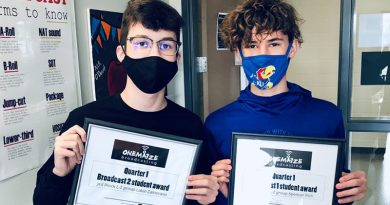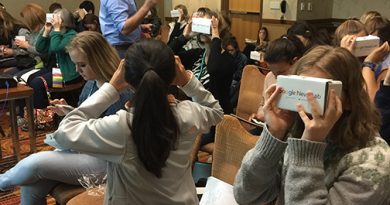How to get new story ideas, increase diversity in coverage with online activity
We often see the same story ideas each year in student media. As students cycle through our programs, greatest hits and old favorites consistently resurface: new teacher profiles, dress code commentary where one can see those new custom uniforms, schedule change repercussions, and the like.
A great beginning-of-the-year assignment is a content analysis, which can help your staff avoid what has been done before and imagine other possibilities. What’s even better — this activity can address diversity in your coverage AND it can be done remotely.
I use this with my journalism students at the Grady College of Journalism and Mass Communication at the University of Georgia. In our multiplatform capstone, we center our reporting around a theme, like gender, food, technology or sustainability. So, this activity asks students to look at our news organization, Grady Newsource, along with all others in Northeast Georgia, to see what has been covered — and what hasn’t.
I typically put them in pairs or small groups and assign a news organization to analyze. They take a look at the content from the past few weeks or months, and use an online tool called Mindmeister, at the same time as all of the other groups, to collect the topics covered.
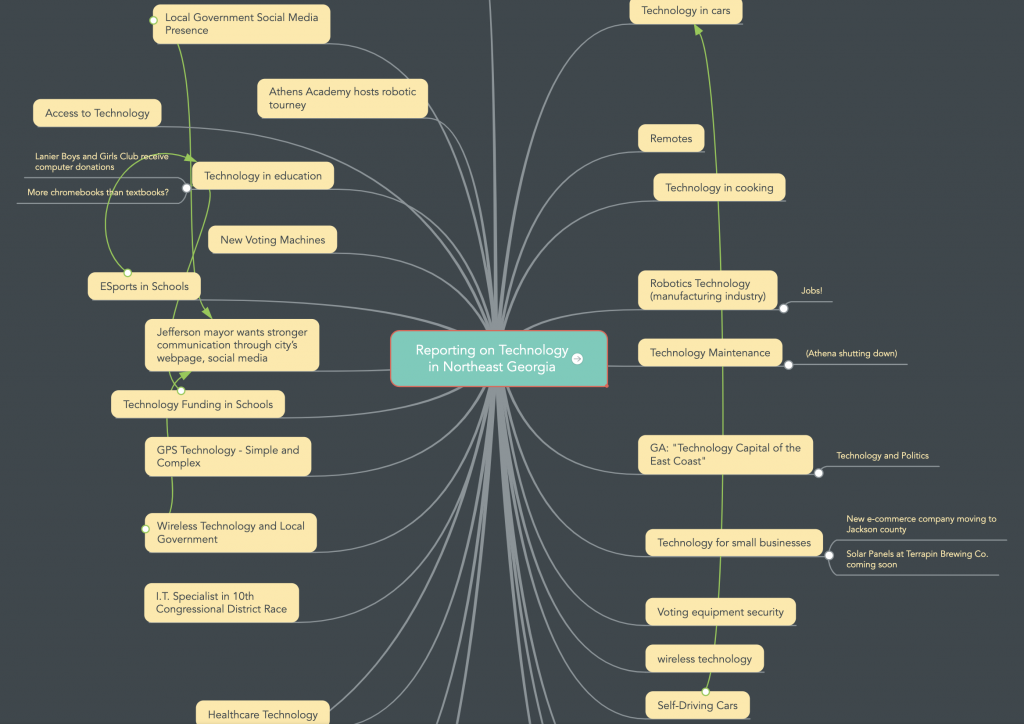
The format of Mindmeister, which is free, allows the student groups to collaborate in real time (Google’s Jamboard would also be good for this). They see when news organizations are reporting on the same topics, and they make connections (or cite specific examples) of what audiences are seeing.
What we often find: Our local media (including us) tend to cover the same things again and again. Then, we start brainstorming (in tandem with research, observations, and informal interviews) what stories are NOT being told.
This activity can also pivot into a DEI (diversity, equity and inclusion) audit for your student media, which is not only timely but highly recommended as a regular practice. Ask your journalists to analyze sources, topics, places, groups/organizations, etc., to see how their coverage matches up with the actual demographic numbers of your school and community. Again, this information can be all logged on a collaborative space like Mindmeister or Jamboard, and of course, it will provoke some meaningful dicussions.
As we all frantically move forward to adjust and adapt to whatever fall 2020 will look like for our student media, I believe it is wise to also stop and reflect. This is a moment to tell new and different stories in innovative ways, and a content analysis can be a step on that path.

